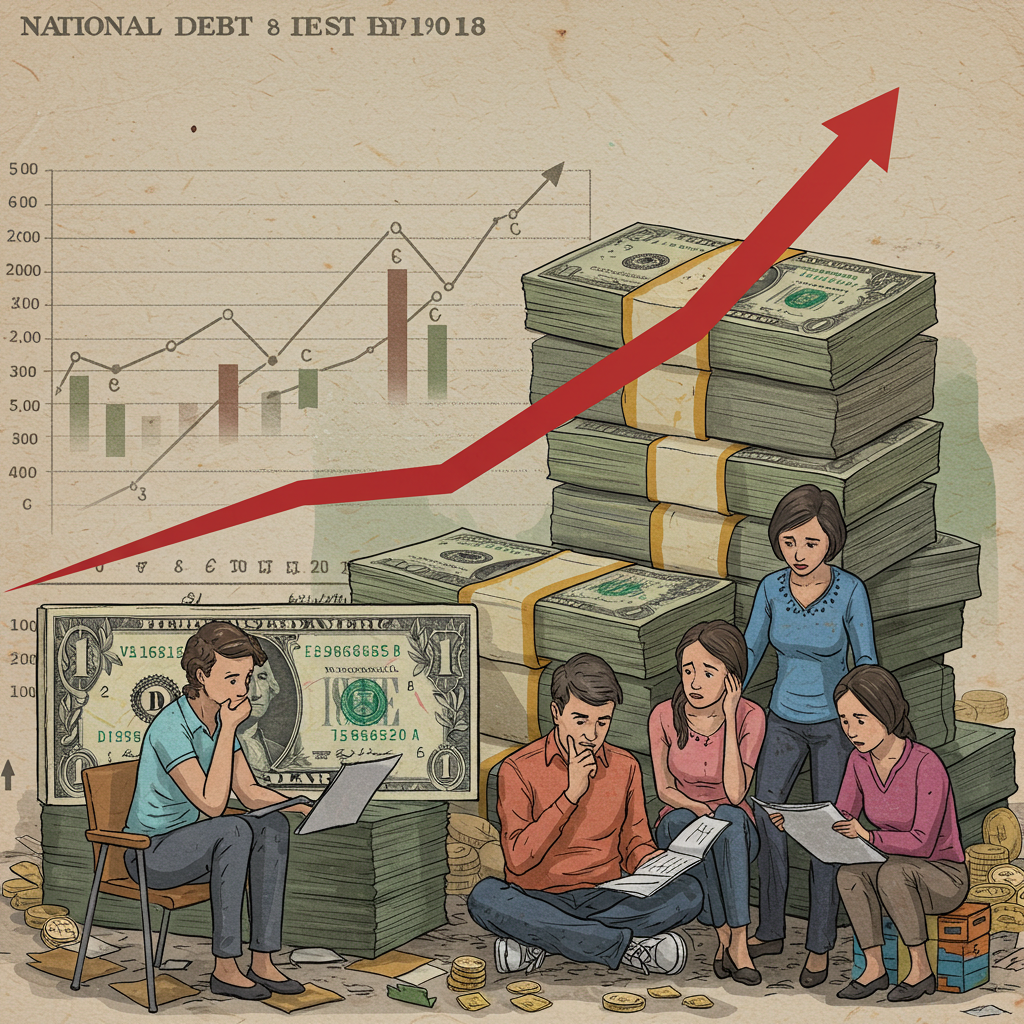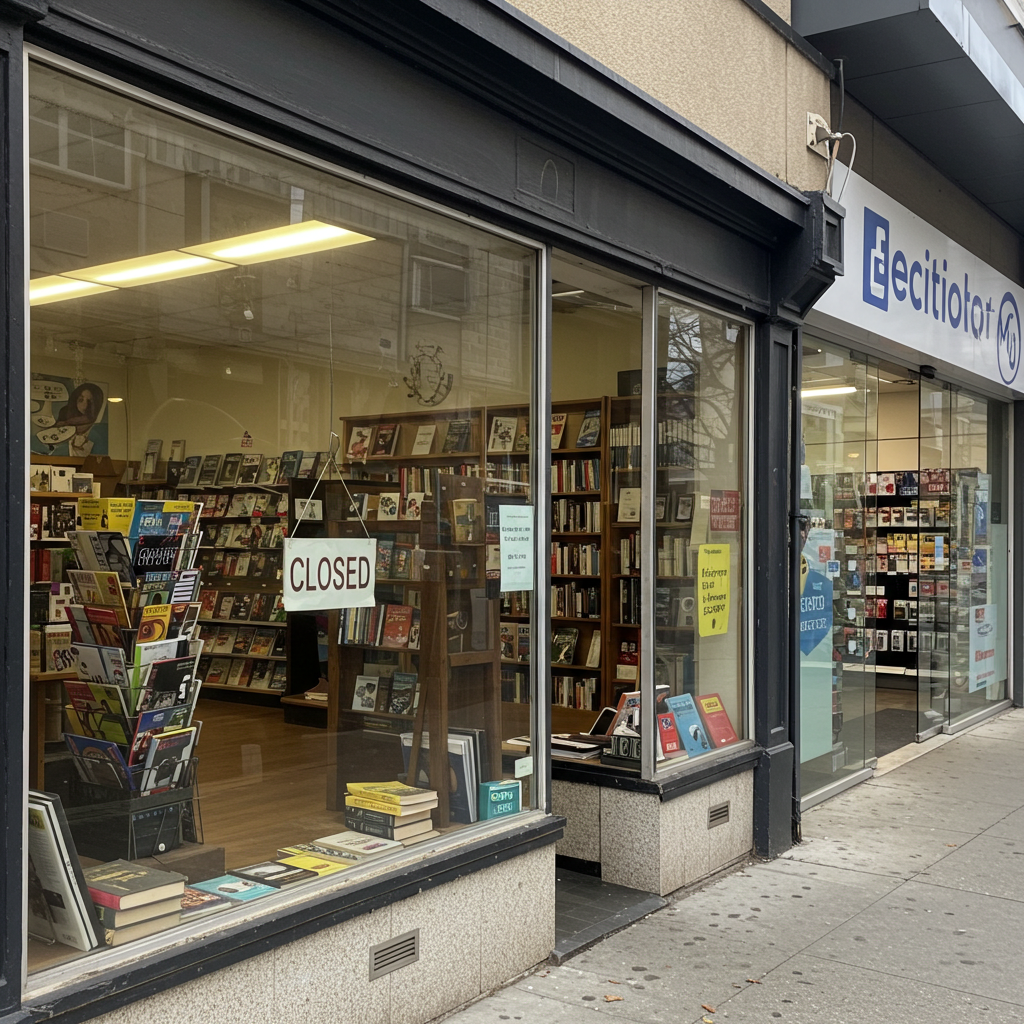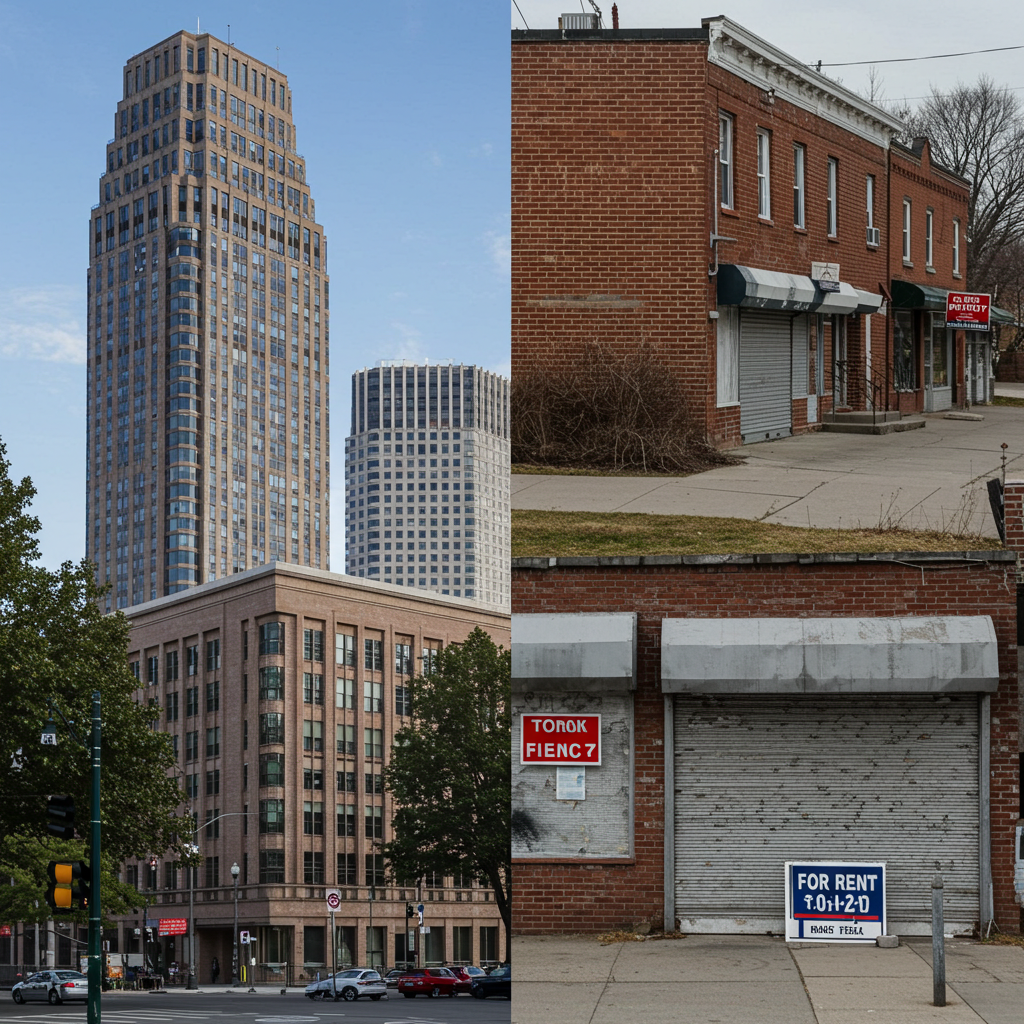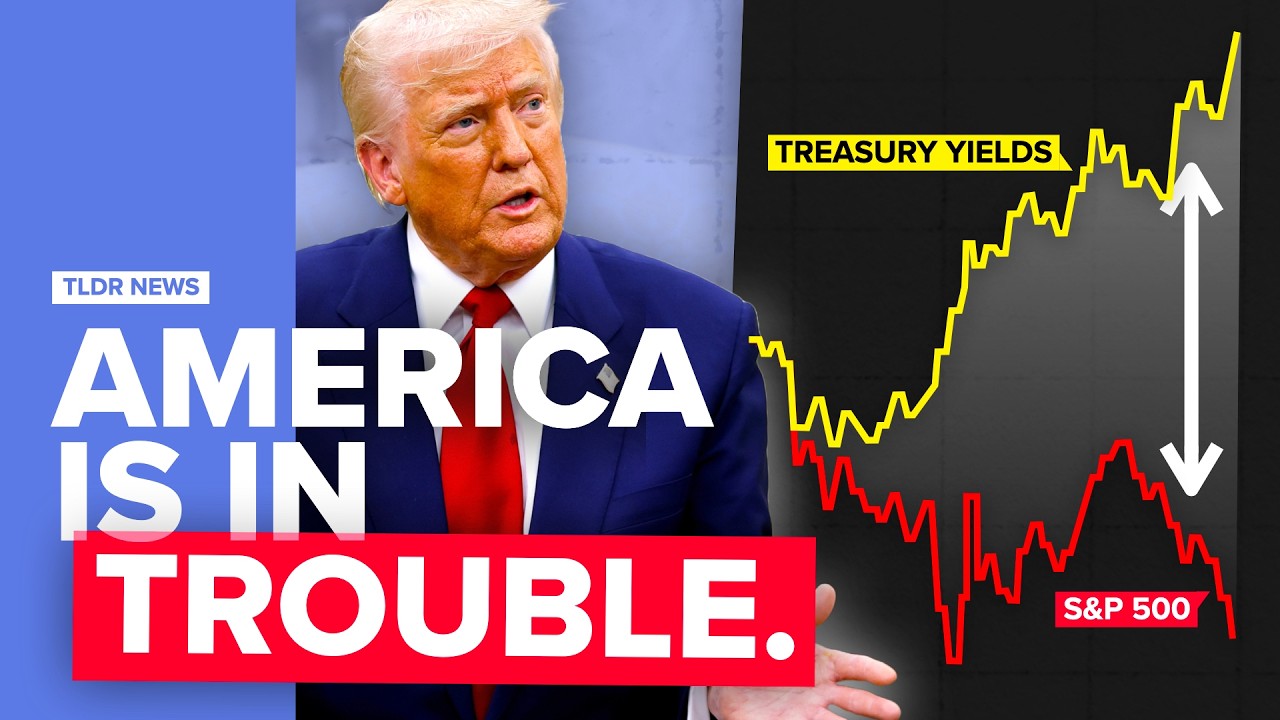Discover the hidden depths of America’s economic crisis. Explore why the situation is more severe than it appears and what it means for the future.
Introduction
The American economy, often hailed as the strongest in the world, is currently facing a crisis that many believe is more severe than it appears on the surface. While headlines may focus on stock market fluctuations, unemployment rates, and inflation, the underlying issues are far more complex and deeply rooted. This blog post will delve into the multifaceted nature of America’s economic crisis, examining the contributing factors, the impact on various demographics, and the potential long-term consequences if these issues remain unaddressed.
The Illusion of Recovery

In recent years, the U.S. economy has shown signs of recovery following the COVID-19 pandemic. Unemployment rates have decreased, and GDP growth has returned to positive territory. However, these indicators can be misleading. The recovery has not been uniform, and many Americans are still feeling the effects of the economic downturn. For instance, while the stock market has rebounded, the wealth gap has widened, with the richest Americans benefiting disproportionately from the recovery.
Moreover, the labor market has undergone significant changes. Many jobs lost during the pandemic were in sectors that may never fully recover, such as retail and hospitality. The rise of automation and remote work has also transformed the job landscape, leaving many workers, especially those without advanced skills, struggling to find stable employment. The narrative of a robust recovery fails to account for the millions of Americans who remain underemployed or out of work entirely.
Rising Inflation and Cost of Living

One of the most pressing issues facing the American economy today is inflation. Over the past couple of years, inflation rates have surged to levels not seen in decades, driven by a combination of supply chain disruptions, increased consumer demand, and government stimulus measures. While inflation is often viewed as a temporary phenomenon, its persistence poses serious challenges for everyday Americans.
The rising cost of living has outpaced wage growth for many workers, eroding purchasing power and making it increasingly difficult for families to make ends meet. Basic necessities such as housing, food, and healthcare have become significantly more expensive, leading to difficult choices for many households. This financial strain is particularly acute for low- and middle-income families, who spend a larger proportion of their income on essentials.
The Impact on Small Businesses

Small businesses, the backbone of the American economy, have been disproportionately affected by the crisis. Many small enterprises were forced to close during the pandemic, and while some have reopened, they face ongoing challenges. Supply chain issues, rising costs, and a labor shortage have made it difficult for small businesses to operate profitably.
Additionally, the influx of large corporations into the market has created an uneven playing field. These corporations often have greater resources to weather economic storms, leaving small businesses struggling to compete. As a result, the landscape of American entrepreneurship is changing, with fewer opportunities for new businesses to emerge. This shift not only impacts the economy but also stifles innovation and job creation.
The Debt Crisis
Another critical aspect of America’s economic crisis is the growing national debt. As the government has borrowed extensively to fund stimulus measures and support struggling industries, the national debt has reached staggering levels. While some argue that increased spending is necessary to stimulate the economy, the long-term implications of this debt are concerning.
High levels of national debt can lead to increased interest rates, which can stifle economic growth. Additionally, future generations may face the burden of repaying this debt, limiting their ability to invest in education, infrastructure, and other critical areas. The potential for a debt crisis looms on the horizon, raising questions about the sustainability of current economic policies.
Inequality and Social Unrest
Economic inequality is a pervasive issue in America, and the current crisis has exacerbated existing disparities. The wealth gap between the richest and poorest Americans has widened, with the top 1% accumulating a disproportionate share of wealth. This inequality is not just an economic concern; it has social and political implications as well.
The frustration stemming from economic inequality has fueled social unrest in recent years. Movements advocating for racial and economic justice have gained momentum, highlighting the need for systemic change. As more Americans feel left behind by the economy, the potential for civil unrest increases, posing a threat to social stability.
The Role of Technology
Technology has played a dual role in America’s economic crisis. On one hand, it has driven innovation and efficiency, creating new industries and opportunities. On the other hand, it has contributed to job displacement and widening inequality. The rapid advancement of technology, particularly in automation and artificial intelligence, threatens to render many traditional jobs obsolete.
As companies increasingly adopt technology to streamline operations, workers without relevant skills may find themselves at a disadvantage. This shift creates a growing divide between those who can adapt to the changing job market and those who cannot. The failure to address this skills gap could leave millions of Americans struggling to find meaningful employment in the future.
Education and Workforce Development
To combat the challenges posed by technological advancements and economic inequality, a renewed focus on education and workforce development is essential. The current education system often fails to equip students with the skills needed for the jobs of the future. Investing in vocational training, apprenticeships, and reskilling programs can help bridge the gap between education and employment.
Moreover, access to quality education must be equitable. Low-income communities often lack the resources necessary to provide students with a strong educational foundation. Addressing these disparities is crucial to ensuring that all Americans have the opportunity to succeed in the evolving job market.
The Future of the American Economy
The path forward for the American economy is fraught with challenges, but there are also opportunities for positive change. Policymakers must prioritize economic reforms that address the root causes of the crisis. This includes implementing policies that promote fair wages, support small businesses, and invest in education and workforce development.
Additionally, addressing the national debt should be a priority. Sustainable fiscal policies that balance spending with revenue generation are essential to ensure economic stability for future generations. By taking a proactive approach to these issues, America can work towards a more equitable and resilient economy.
Conclusion
America’s economic crisis is indeed worse than it looks. Beneath the surface of seemingly positive indicators lies a complex web of challenges that threaten the stability and prosperity of millions of Americans. From rising inflation and small business struggles to increasing inequality and the looming debt crisis, the issues at hand require urgent attention and action.
As we move forward, it is essential to recognize the interconnectedness of these challenges and work collaboratively towards solutions that benefit all Americans. By addressing the root causes of the crisis and investing in the future, we can build a more equitable and sustainable economy for generations to come. The time for action is now, and the stakes have never been higher.

